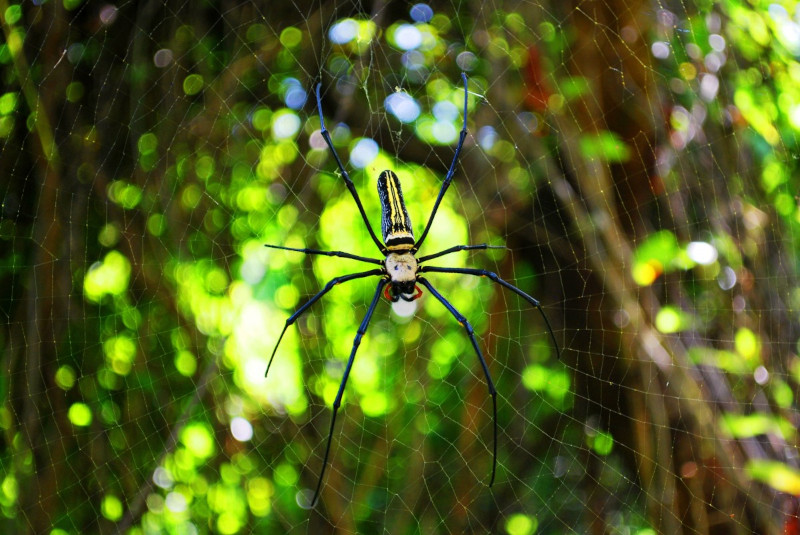
Giant Golden Orb Weaver Facts
- This product of Nature and evolution most frequently goes by the descriptive common name of the Giant Golden Orb Weaver. It also has another, very similar name, though. That’s the term northern golden orb weaver. But, whatever one calls it, it’s impressive.
- The term used also varies across its native range. Among scientific professionals, however, it’s typically referred to by its formal title. Most such specialists know this variety of golden orb weaver spider by the technical moniker of Nephila pilipes.
- Johann Christian Fabricius made the first acknowledgement of the arachnid as a separate and distinct species. This scientifically noteworthy deed the student of Carl Linnaeus accomplished in 1793. Since then, nine subspecies have been recognized.
- For the moment, this wonder of the invertebrate world further appears to be in a much better position than many species around the world. That’s due to the fact that it seems to be maintaining a population base that’s equally sizeable, sufficient, and stable.
- That fortunate situation further seems to hold true across the entirety of its range. Due to this, the IUCN presently lists the Giant Golden Orb Weaver as Least Concern. That status is reflected on the organization’s published Red List of Threatened Species.
- The intriguing arachnid nevertheless faces some factors that could eventually pose a threat to it. Habitat loss and degradation, largely due to human activities, rank among these. Its greatest potential threat, however, likely comes from climate change.
Related Articles
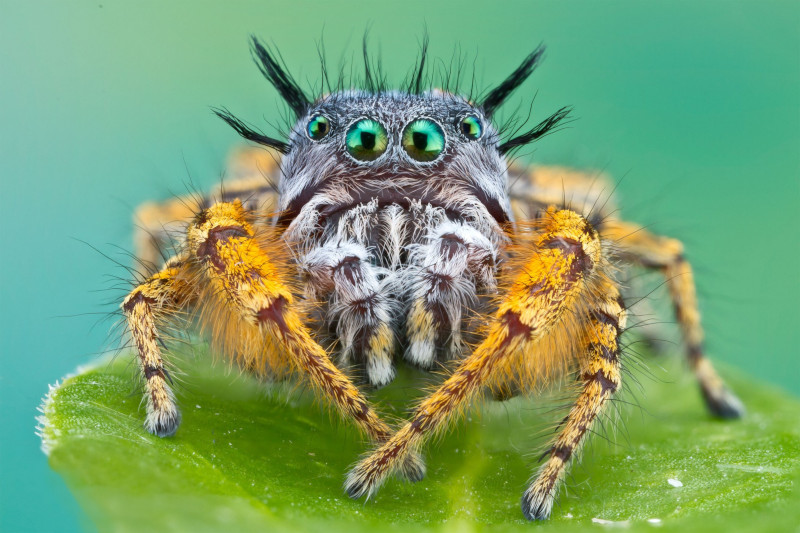
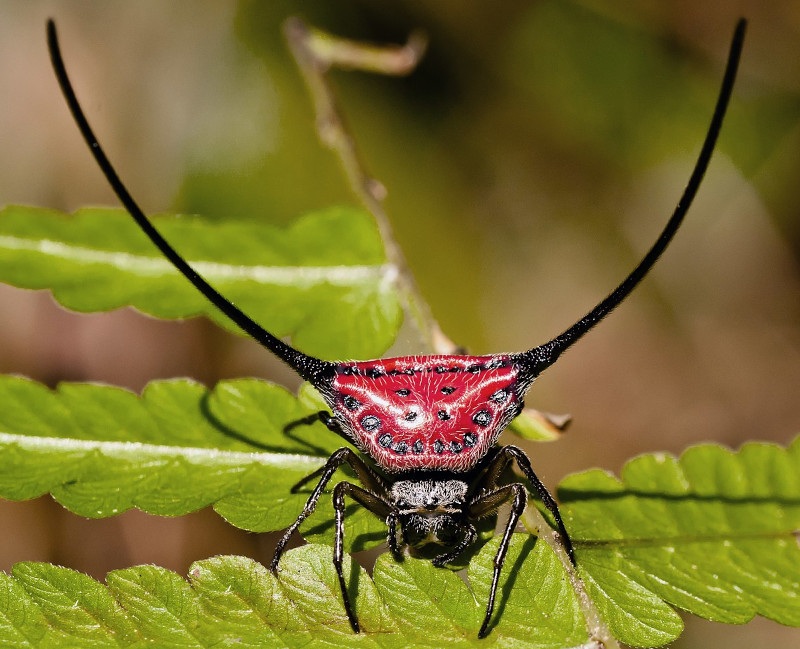
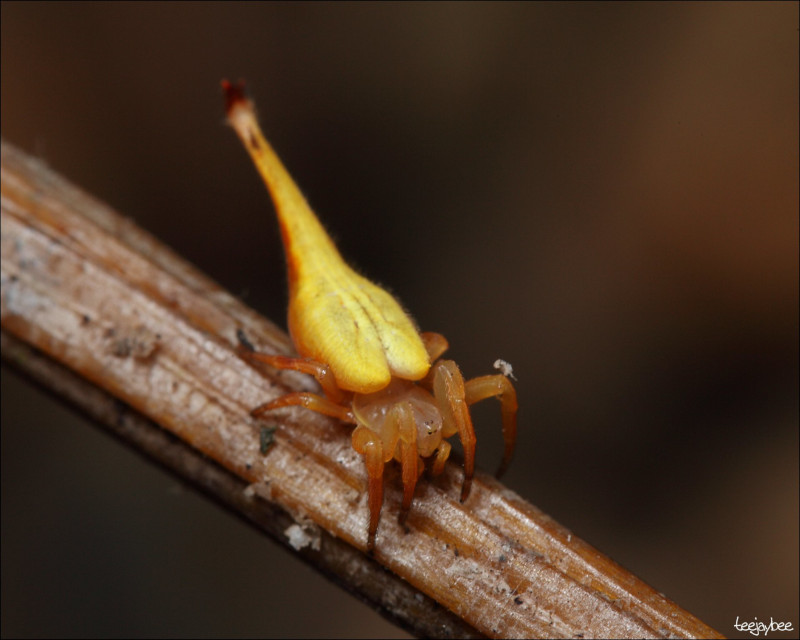
Giant Golden Orb Weaver Physical Description
The remarkable Giant Golden Orb Weaver easily impresses and intrigues those who encounter it. Although the Arthropod does so for several reasons, its sheer size clearly ranks high among them. That’s because it’s one of the largest of all of its close relatives.
In keeping with that, it also manifests a strong degree of the physiological trait of sexual dimorphism, like many arachnids. In its case, this characteristic primarily manifests itself in terms of sheer size. More precisely, the female of the species literally dwarfs the male!
Females of the species typically reach a body length equaling roughly 2 in (5 cm). That body also develops as highly elongated. Along its length, the body varies in width from 0.4 – 0.6 in (1.0 – 1.5 cm). Her legspan, however, typically measures a relatively enormous 6 in (15 cm)!
Males, meanwhile, remain quite tiny in comparison. That holds true given the fact that few individuals of that gender attain a body length beyond 0.25 in (0.64 cm). Its legspan also remains equally small in comparison, rarely exceeding 2 in (5 cm) in this specific aspect.
Otherwise, both genders of the Giant Golden Orb Weaver vary little in general outward appearance. The main exception to this is the coloring of the legs. Those of the female present a combination of yellow and black. Those of the male, though, show a light brown.
In terms of other color patterns, individuals vary significantly, with no regard to gender. The shades presented run from violet, to silver-gray, to various shades of brown. Males also develop small hairs on their legs, while most of the adult females lack these entirely.
- Kingdom: Animlia
- Phylum: Arthropoda
- Class: Arachnida
- Order: Araneae
- Family: Araneidae
- Genus: Nephila
- Species: N. pilipes
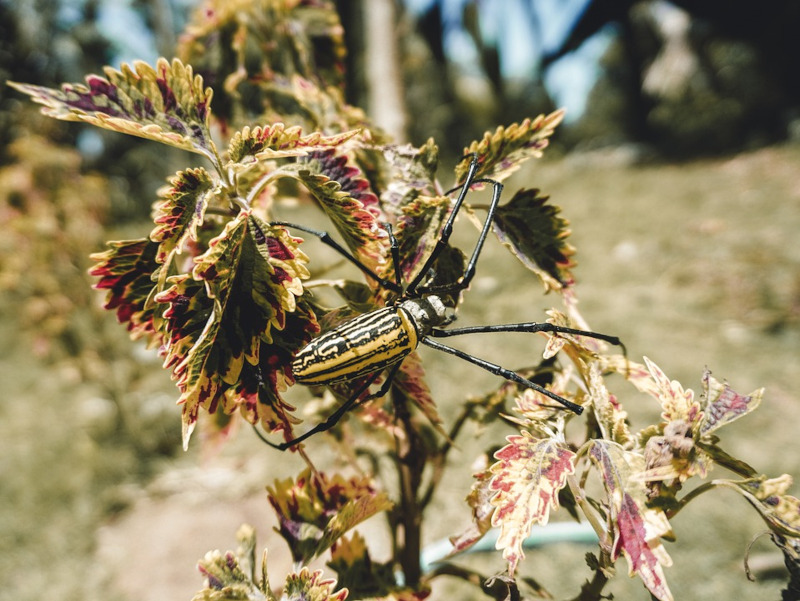
Giant Golden Orb Weaver Distribution, Habitat, and Ecology
Luckily for the Arthropod, the Giant Golden Orb Weaver evolved as native a comparatively broad swathe of the globe. That zone of habitation also happens to be a general region shared by numerous other amazing species. It’s unknown if it ever appeared anywhere else.
That statement holds true partly because it evolved in a region that includes parts of the continent of Asia. There, it makes its home in the east and southeast portions of the area. Yet it also lives in other parts of the general region known as Oceania, including in Australia.
Wherever it makes its home, though, the remarkable arachnid displays strong preferences regarding its exact habitat. As a general principle, it only resides in areas or relatively high moisture, for one. Yet it also strongly prefers that area to also have little or no direct sunlight.
In parts of its range, this frequently includes regions of rainforest. Most often, in all parts of its habitation range, it most commonly lives comparatively near the coast. That’s due to the greater level of overall precipitation. It also appears in parks and even private yards.
The magnificent Giant Golden Orb Weaver generally constructs its large webs in trees or larger bushes. It also creates these structures against buildings or other large features of the terrain. In most of these locations, though, it requires relatively close surface water.
It also evolved as highly choosy in its diet, unlike most spiders. In fact, it only feeds on a few species. It even goes so far as to remove some insects from its web! The spider avoids insects that exude certain unpleasant compounds. It mainly feeds on somewhat larger prey.
Species Sharing Its Range

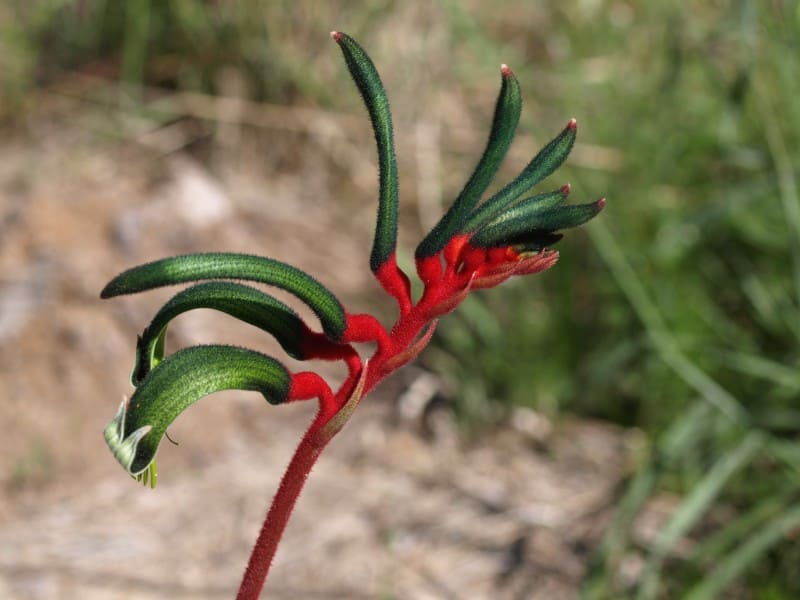
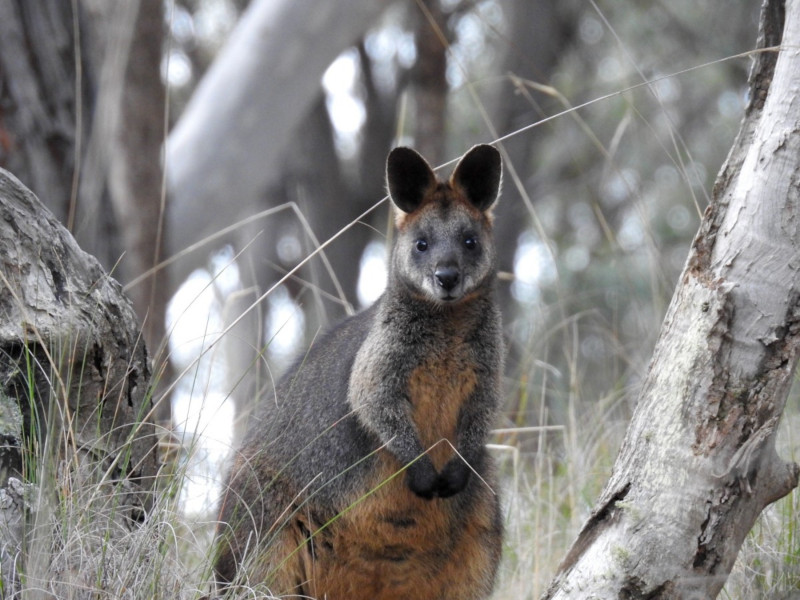
Check out our other articles on 7 Deceptively Dazzling Deserts, Asian Weaver Ant, Lake Como, Aldabra Giant Tortoise, Queen of the Andes, Wilson’s Bird-of-paradise, Australian Sea Lion
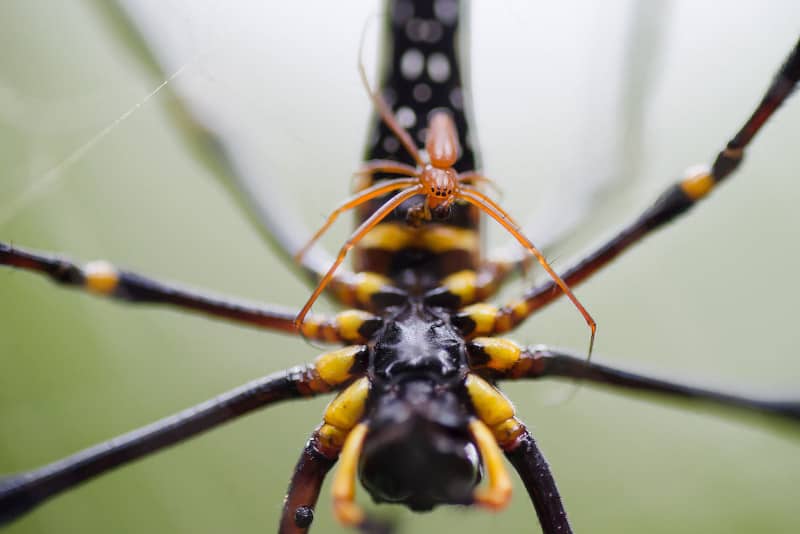









Leave a Reply